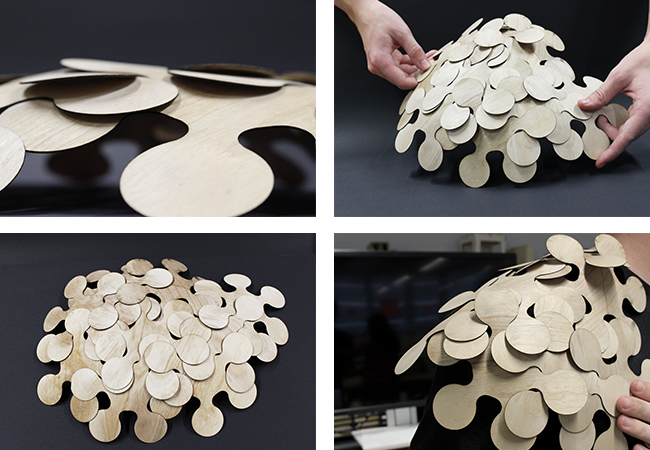12. January 2015
Authors: Fanny Schweizer, Lara Hänny, Lisa Heierli, Thomas Guthruf Process: 1st Step – Condensation First of all we sat together and began to discuss the topic. During our research we were fascinated by the beauty of this natural process but we quickly realized that it would be difficult to work with it because the process is limited to changing the gaseous state of a matter to its liquid state. So we had to see this subject in a broader way. We decided to work with water because it’s a key element of condensation and vapor is often associated with this process. We also decided to work with mostly natural materials because of their intriguing characteristics.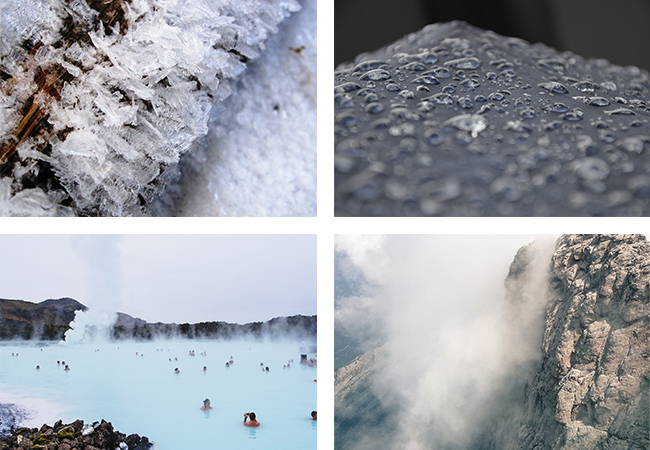 2nd Step – Structures & Pattern
Due to the fact that condensation can often be seen in nature, we were inspired to use organic structures for our experiments and creations. We reproduced natural frameworks such as spiderwebs, snowflakes and dragonfly wings with different materials. After printing and cutting out different spider webs and tree branch patterns with the 3D printer and laser cuter we tested the structures under two circumstances: One was hot vapor and the other one was putting the humid structures in the freezer.
2nd Step – Structures & Pattern
Due to the fact that condensation can often be seen in nature, we were inspired to use organic structures for our experiments and creations. We reproduced natural frameworks such as spiderwebs, snowflakes and dragonfly wings with different materials. After printing and cutting out different spider webs and tree branch patterns with the 3D printer and laser cuter we tested the structures under two circumstances: One was hot vapor and the other one was putting the humid structures in the freezer.
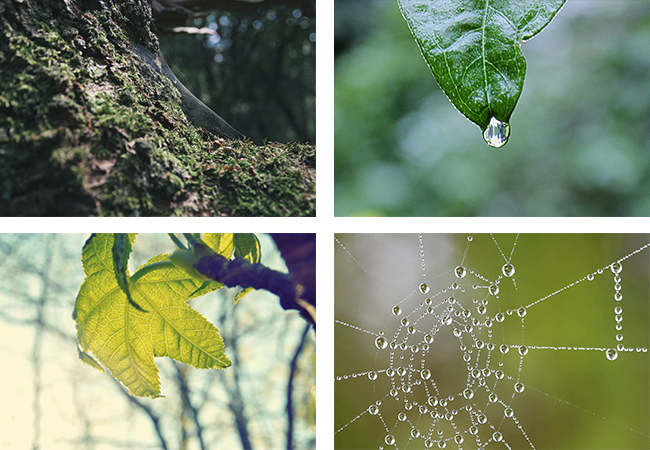 Organic structures found in nature
Organic structures found in nature
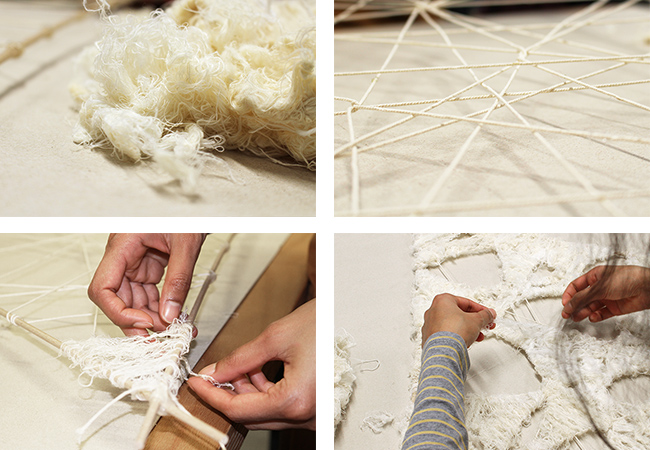 Modeling a web/moos like structure
Modeling a web/moos like structure
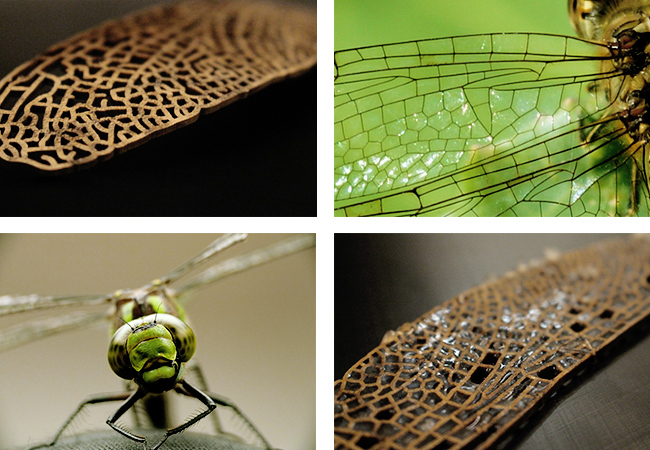 Constructing dragonfly wings
Constructing dragonfly wings
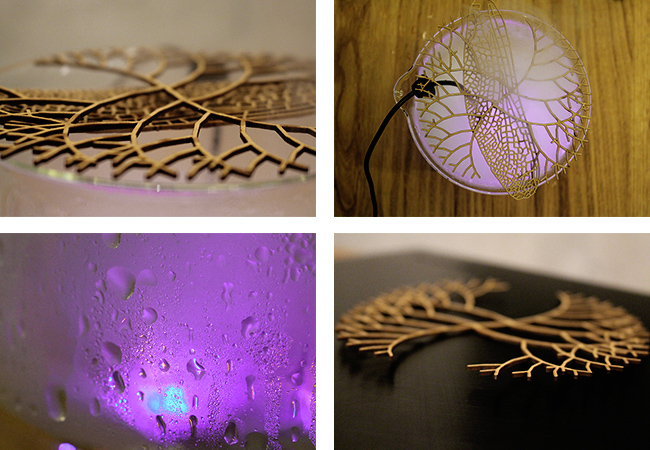 3rd Step – Research
We observed that our wooden structures could deform at a rapid speed when put over hot vapor. The printed ones wouldn’t bulge or bend one bit. So we decided to continue our trials with different wooden models which matched the initial idea of working with just natural materials. After numerous tests we could differentiate between the water absorbing and the non water absorbing wood.
3rd Step – Research
We observed that our wooden structures could deform at a rapid speed when put over hot vapor. The printed ones wouldn’t bulge or bend one bit. So we decided to continue our trials with different wooden models which matched the initial idea of working with just natural materials. After numerous tests we could differentiate between the water absorbing and the non water absorbing wood.
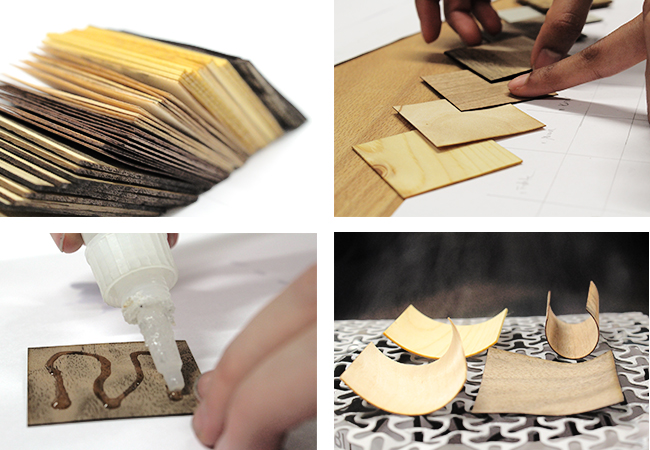 4th Step – Find a shape
With our research we decided to take the pine cone as inspiration for our final idea: We want to create modular wood scales or platelets which can slightly deform with vapor to adapt to different shapes. This mechanism resembles the character of a pine cone which is also made out of scales. The cone expands when is exposed to humidity and retracts when it dries out again.
4th Step – Find a shape
With our research we decided to take the pine cone as inspiration for our final idea: We want to create modular wood scales or platelets which can slightly deform with vapor to adapt to different shapes. This mechanism resembles the character of a pine cone which is also made out of scales. The cone expands when is exposed to humidity and retracts when it dries out again.
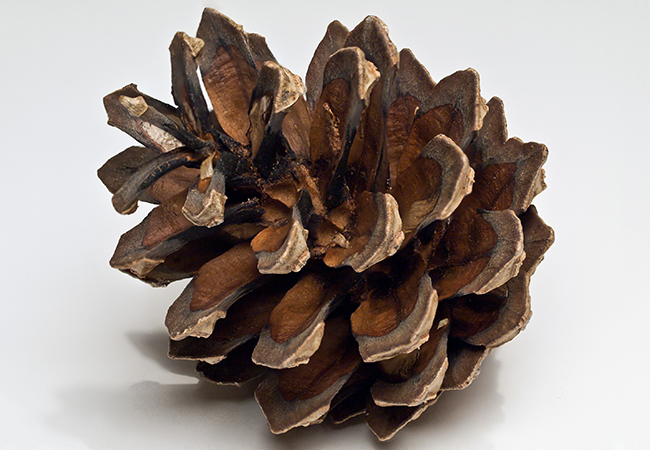
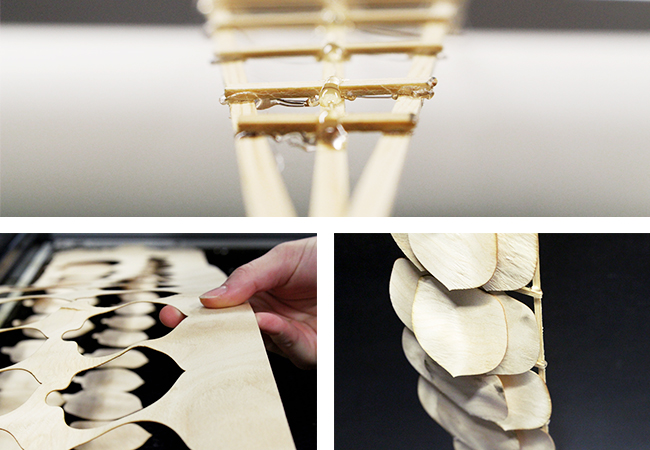
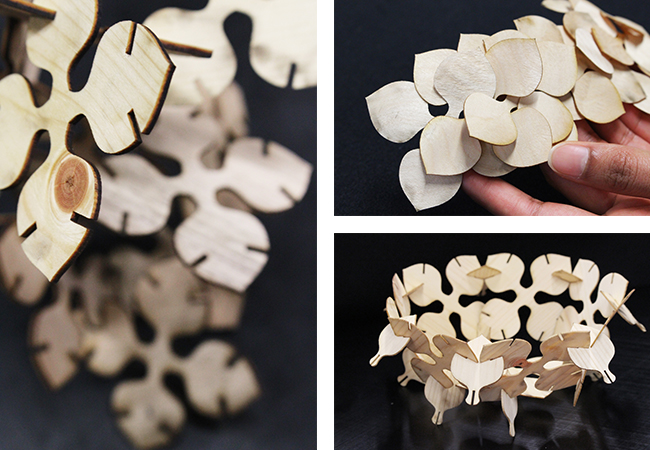 5th Step – Result
Our main goal for the final product was to design a flexible and light building structure, that can be put together in multiple ways to create different models. With the addition of vapor the structures can be slightly bent and molded. These could be further used as lampshade, clothing accessories, outdoor roofing etc.
This was easier said than done! We chose different hydrophilic wood types and cut out different scale shapes but the wood was to brittle and the shape to delicate. After multiple prototypes we found the right wood shape and size to get as close as possible to the shape and effect we wanted.
5th Step – Result
Our main goal for the final product was to design a flexible and light building structure, that can be put together in multiple ways to create different models. With the addition of vapor the structures can be slightly bent and molded. These could be further used as lampshade, clothing accessories, outdoor roofing etc.
This was easier said than done! We chose different hydrophilic wood types and cut out different scale shapes but the wood was to brittle and the shape to delicate. After multiple prototypes we found the right wood shape and size to get as close as possible to the shape and effect we wanted.
